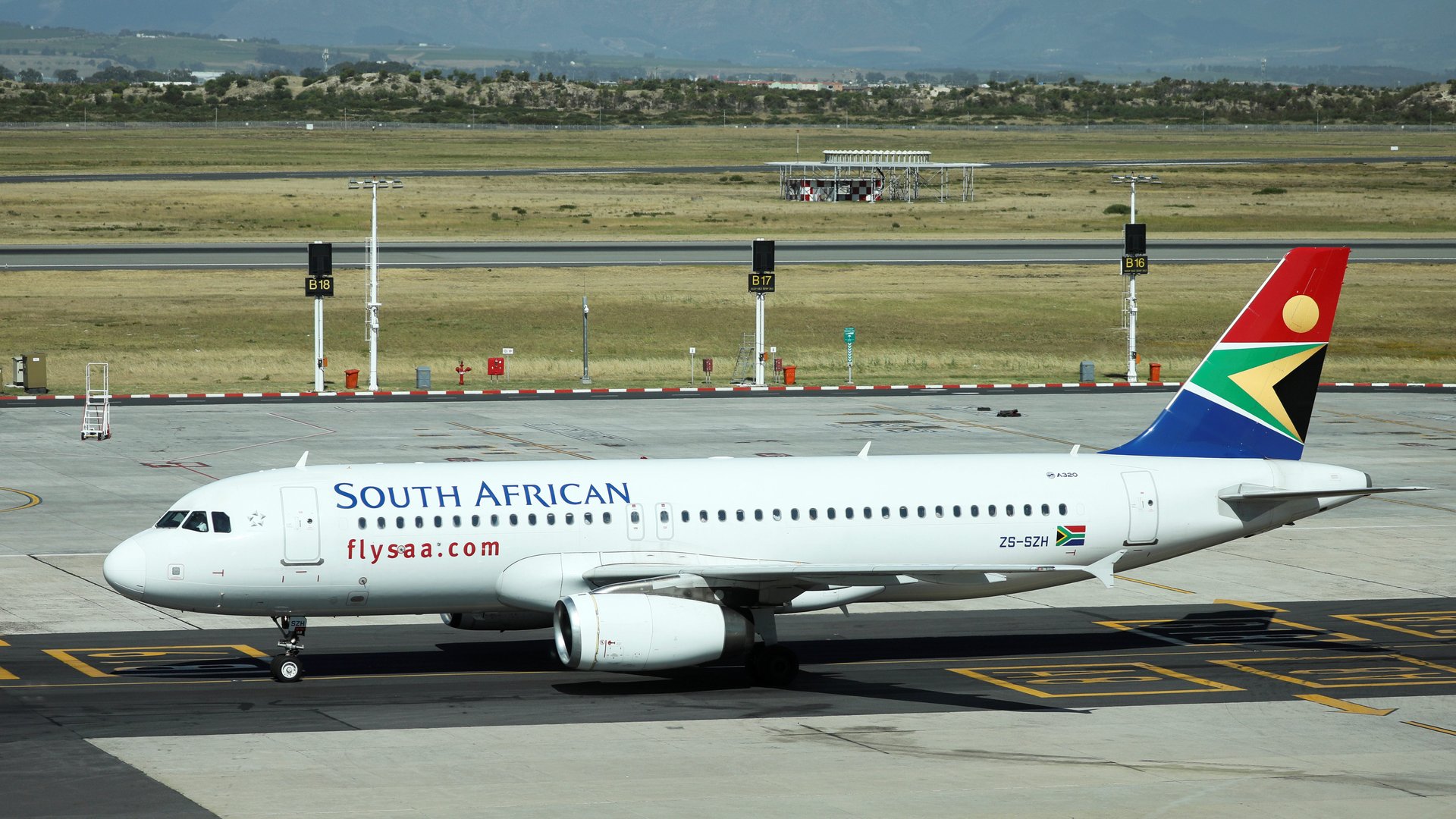South African Airways may be grounded for good
Last week, South African Airways, the state-owned carrier, suffered the latest in a series of financial setbacks after the government rejected a request by practitioners administering a restructuring of the airline for an additional 10 billion rand ($526 million) in funding.


Last week, South African Airways, the state-owned carrier, suffered the latest in a series of financial setbacks after the government rejected a request by practitioners administering a restructuring of the airline for an additional 10 billion rand ($526 million) in funding.
The cutoff left SAA, which has racked up 32 billion rand ($1.7 billion) in net losses since 2008, without the lifeline of government loan guarantees that has kept the beleaguered airline flying through years of mounting debt and unprofitability. It comes amid a nationwide lockdown to slow the spread of Covid-19 in South Africa that led SAA to suspend most flights through the end of May.
“For all intents and purposes, [SAA] has already collapsed,” says Adrian Saville, founder of Cannon Asset Managers in Johannesburg. Though his firm is not an investor in SAA, Saville notes that the impact of its rescue or failure could spill into financial markets. “As it stands, it is very difficult to come to any conclusion other than its days are done in its current format.”
To be sure, the response to Covid-19 has deepened difficulties throughout South Africa’s economy, which was in recession prior to the pandemic and is now forecast to shrink by 6.1% this year. Four in 10 South African businesses say they are not confident they will have the financial resources to continue operating through the outbreak, according to a survey released Tuesday by Statistics South Africa.
Though the pandemic is buffeting airlines worldwide, SAA began the crisis in a struggle to stay afloat. In February, the government set aside 16.4 billion rand ($863 million) to repay the airline’s guaranteed debt over the medium term, with the anticipation that additional funds would be required to cover restructuring costs. Since the start of the year, SAA has relied on 3.5 billion rand ($184 million) in emergency funding issued by the state development bank.
The decision to discontinue financial support reflects both the magnitude of the economic challenges confronting South Africa and suggests a shift in government policy that has until now has kept SAA flying, says Wayne McCurrie, portfolio manager at FNB.
“Even pre-shutdown for the coronavirus, it was clear that SAA was being looked at by the government in a different way,” says McCurrie, who adds that the government “is caught in a very difficult position” with respect to the billions of rand that it has guaranteed the airline.
“If they liquidated today, that money becomes payable immediately,” he notes. “So at some stage they will have to pay those guarantees or restructure the loans. Their dilemma is that all they’ve done is pump money into SAA, and they don’t want to put in more fresh capital.”
Besides the loss of roughly 4,700 full-time jobs, a shutdown of SAA risks upending key supply chains for the country and wider region, explains Ogaga Udjo, founder of ZA Logics, an aviation consultancy in Johannesburg. These include the majority state-owned company that operates South Africa’s major airports, suppliers of fuel and ground transportation, as well as travel and tour operators. Tourism indirectly contributes roughly 8.2% to South Africa’s economy annually.
SAA Group, the airline’s parent company, owns low-cost carrier Mango, which has flirted with profitability, as well as SAA Technical, the continent’s largest aircraft maintenance and repair business. SAA also is one of only two African airlines to fly one of Africa’s 10 most lucrative routes; between Cape Town and Johannesburg, which earned SAA $185 million in the year that ended March 2019.
“If SAA were to collapse tomorrow, there would be no other local airline that could immediately take up its place, not just from an SAA perspective, but also the value that Mango provides, the deep expertise within SAA Technical and a host of other activities” says Udjo.
“The business case for a strategic equity partner still holds, but the corporate structure and subsequent dynamics will have to be ironed out in order to provide any partner with confidence to invest in the entity,” he adds. “The future of SAA is fully dependent on political will.”
Financial support notwithstanding, SAA is likely to continue to face cutthroat competition from rivals. Saville notes that Ethiopian Airlines, the continent’s largest carrier, boosted the number of passengers it carried in 2019 to 12 million, up from 2 million a year in 2007, while SAA saw its annual passenger volume fall 25%, to 6 million, over the same period. But Ethiopian, which is also state-owned has also been significantly impacted by coronavirus economic crisis, and has putting some workers on furlough.
“In the absence of money and in the absence of a clear strategy, and in the context of this environment, it is an extraordinarily hard case to make for SAA,” says Saville.
Sign up to the Quartz Africa Weekly Brief here for news and analysis on African business, tech and innovation in your inbox